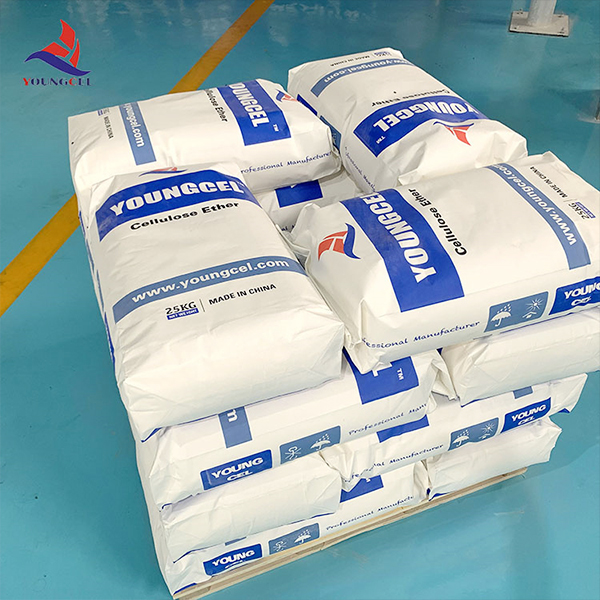The Role of Cellulose and HPMC in Paint Formulations
In the realm of architectural and industrial coatings, the choice of ingredients plays a pivotal role in determining the final characteristics of the paint. Among these ingredients, cellulose derivatives, particularly Hydroxypropyl Methylcellulose (HPMC), have gained considerable traction. HPMC is a non-ionic cellulose ether that has been embraced for its multifunctional properties, enhancing the performance and usability of paints.
Understanding HPMC
HPMC is synthesized from cellulose, a natural polymer derived from plant cell walls. By modifying cellulose with hydroxypropyl and methyl groups, HPMC combines the beneficial properties of cellulose with enhanced solubility in water and organic solvents. This modification allows HPMC to dissolve in cold water, forming a transparent gel that acts as a thickener, stabilizer, and binder in paint formulations.
Benefits of HPMC in Paints
1. Thickening Agent One of the primary functions of HPMC in paint formulations is to serve as a thickening agent. It helps in controlling the viscosity of the paint, allowing for better application and improved flow characteristics. This property is crucial when ensuring an even application, preventing drips or runs during the painting process.
cellulose hpmc for paint

2. Water Retention HPMC enhances the water retention properties of paint, which is particularly beneficial during the drying process. By retaining moisture, HPMC prevents the formation of cracks and ensures a smoother finish. This is especially important in exterior paints, where environmental factors can lead to rapid drying and undesirable surface defects.
3. Improved Adhesion The incorporation of HPMC can enhance the adhesion of paints to various substrates, including wood, metal, and concrete. Improved adhesion is vital for the longevity of the coating, reducing the risk of peeling and flaking over time.
4. Stability and Shelf Life The addition of HPMC contributes to the stability of paint formulations, preventing separation and maintaining uniform consistency throughout the product's shelf life. This stability allows for easier handling and application, ensuring that consumers achieve the desired results.
5. Eco-Friendly Attributes As an environmentally friendly alternative, HPMC is derived from renewable resources and is non-toxic, making it a safer choice for both manufacturers and consumers. Its use can contribute to the development of low-VOC (volatile organic compound) paints, aligning with the growing demand for sustainable product options in the market.
Conclusion
In conclusion, the integration of cellulose, particularly Hydroxypropyl Methylcellulose, into paint formulations has revolutionized the industry by enhancing performance characteristics while promoting sustainability. Its multifunctional role as a thickener, binder, and stabilizer, combined with its eco-friendly nature, makes HPMC an indispensable ingredient in modern paint technologies. As manufacturers continue to innovate, the reliance on such versatile materials will likely increase, paving the way for new formulations that meet the evolving needs of consumers and the environment.
-
Rdp Powder: Key Considerations for Wholesalers in the Building Materials IndustryNewsJul.08,2025
-
Key Considerations for Wholesalers: Navigating the World of Hpmc - Based ProductsNewsJul.08,2025
-
Hpmc Detergent: Key Considerations for WholesalersNewsJul.08,2025
-
Key Considerations for Wholesalers: China Hpmc For Tile Adhesive, Coating Additives, Concrete Additives, and MoreNewsJul.08,2025
-
Crucial Considerations for Wholesalers: Navigating the World of Construction MaterialsNewsJul.08,2025
-
Key Considerations for Wholesalers Sourcing Additive For Cement, Additive For Concrete, Additive For Putty from Additive Manufacturer Shijiazhuang Gaocheng District Yongfeng Cellulose Co., Ltd.NewsJul.08,2025




